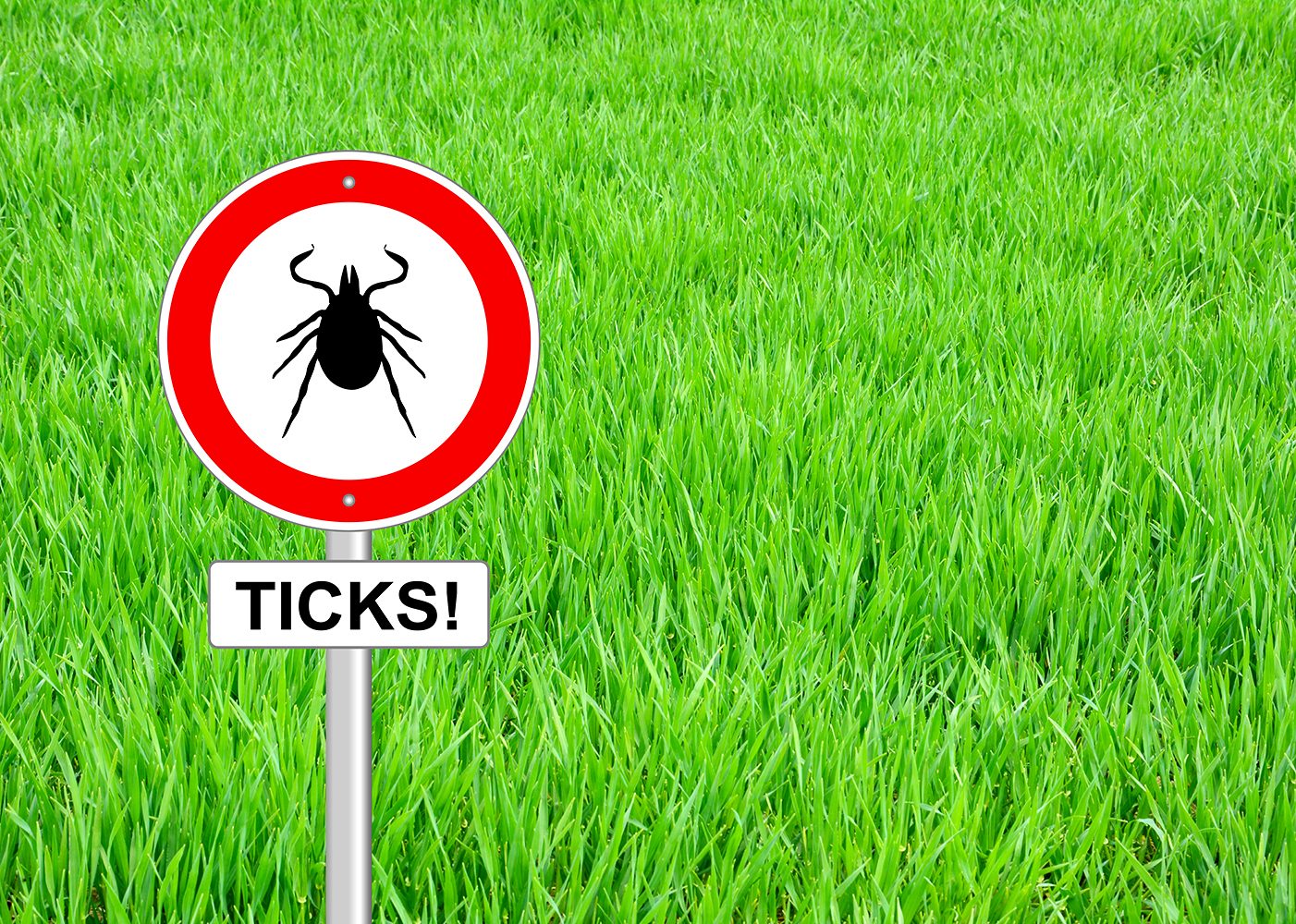Ticks are moving north and bringing the disease with them. Here’s how to protect yourself
Photo: iStock/H_Barth.
The tick population is on the rise in Canadas, and therefore so is the incidence of Lyme disease, which ticks carry. According to the Public Health Agency of Canada, the number of Canadians diagnosed with the disease jumped from 144 in 2009 to 2,025 in 2017.
However the number of cases is probably higher, a researcher with the Canadian Lyme Disease Research Network told Global News, because diagnostic tests often come back negative even though someone has the disease. Because it’s an emerging problem, fewer doctors are aware of how to catch it. Misdiagnoses are also common because many of the symptoms replicate those of heart disease, meningitis, stroke, arthritis or multiple sclerosis.
Ticks like to live in warm wooded areas. Until recently, they generally lived south of the Canada–US border, but as temperatures have been rising as a result of climate change, the insect has gradually been moving north.
Lyme disease risk warnings have now been issued in provinces across Canada, with all of Nova Scotia under warning. Other at-risk areas include much of Ottawa, the Peel region in Ontario, Thunder Bay, and southern Manitoba and New Brunswick. In Quebec, warnings have been issued for Gatineau, southwest Outaoais, the northwest of the Estrie region, the Montérégie, and the southwest of the Mauricie and Centre-du-Québec regions.
If you go out camping or hiking in those areas, the best way to stay protected is to use insect repellent with DEET, permethrin, or picaridin. Avoid humid wooded areas, where ticks flourish, cover your arms and legs, and tuck your pant legs into your socks. Check your body afterwards to make sure there aren’t any ticks on you, and if you find any, remove them immediately with tweezers. Check your pets, as well.
If the tick was infected with Lyme disease, a rash may develop. Early symptoms of the disease are flu-like and include fever, chills, headache. and joint or muscle aches. Visit your doctor if you think you may be infected, or if you weren’t able to remove every part of the tick from your body. The longer your body stays in contact with the tick, the higher your chances are of contracting something.




